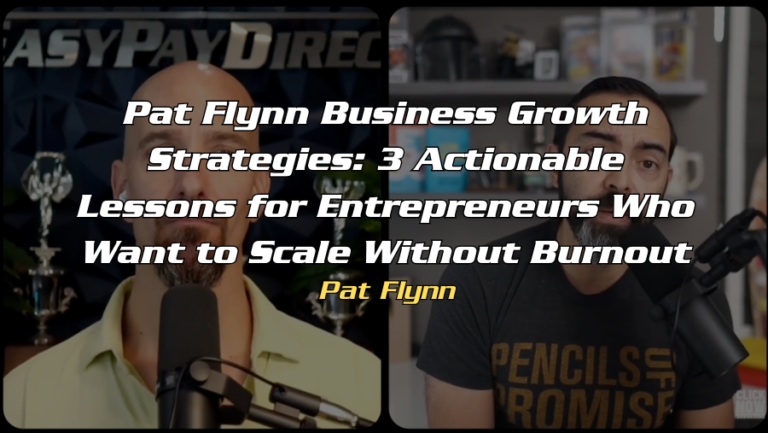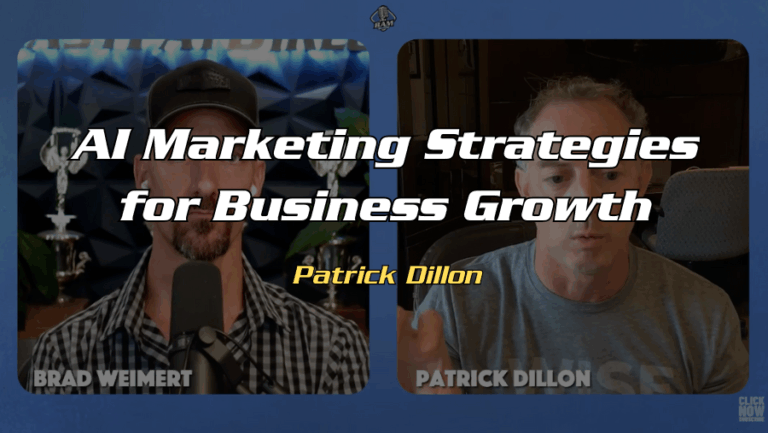In today’s hyper-competitive landscape, culture isn’t a nice-to-have. It’s a business strategy. Companies that prioritize values-based leadership don’t just attract better talent. They operate with greater clarity, resilience, and long-term success. But what does values-based leadership actually look like in practice?
Robert Glazer, founder of Acceleration Partners and a globally recognized leadership voice, has built multi-eight figure businesses and award-winning remote cultures by doing one thing exceptionally well: embedding core values into every layer of his organization.
In this post, we’ll break down three actionable strategies Glazer uses to lead with values and how you can apply them to build a company that’s not only successful, but sustainable and deeply aligned.
Using Core Values for Values-Based Decision Making
A lot of companies talk about values, but few actually use them to make decisions. Glazer does. In his words, “If anyone in our company makes a decision in the service of one or more of our core values, they are always safe.”
That kind of clarity is rare. It means team members don’t need to second-guess whether they’re making the “right” call. They only need to ask, does this reflect our values?
This approach turns values into something far more powerful than wall art. They become a daily framework for action. And over time, the payoff is enormous: faster decision-making, better alignment, and fewer internal contradictions.
It’s not always easy. Sometimes living your values costs you. Glazer shares a story of walking away from a million-dollar client who consistently treated his team poorly. The client violated the company’s core value of “embrace relationships,” so they said no to the renewal. The financial hit was real, but the cultural signal was louder: we mean what we say.
This philosophy is at the heart of Glazer’s book Elevate Your Team: Empower Your Team to Reach Their Full Potential and Build a Business That Builds Leaders, where he explores how values, clarity, and development practices can shape a high-performance culture rooted in trust.
Building Company Culture with Systems and Rituals
Culture doesn’t live in a handbook. It lives in what’s rewarded, what’s ignored, and what’s expected without being said.
Glazer’s approach to culture is meticulous and entirely rooted in action. His teams are hired, onboarded, recognized, and promoted based on how well they embody the company’s values. It’s not a one-time speech or a line on a career page. It’s a repetition of rituals that reinforce what matters.
Stories play a huge role. He often recounts the same anecdotes during onboarding to create shared language and emotional connection. Awards are given not for tenure or performance alone, but for demonstrating values in moments that matter. Even the company’s Slack channel is a running narrative of peer-to-peer shoutouts, each tagged with a specific core value.
When companies operationalize values like this, the culture becomes self-sustaining. It doesn’t rely on a single charismatic founder or a motivational quote on a Zoom background. It shows up in the systems, the stories, and the social cues that shape behavior at scale
Values-Based Offboarding: The Open Transition Program
In most businesses, employee exits are treated like breakups: rushed, awkward, sometimes even hostile. Glazer saw that and asked: what if we designed something better?
The result was the Open Transition Program (OTP), a values-based alternative to the outdated two-weeks notice model. It’s a process built on mutual respect and transparency. If an employee feels it’s time to move on, or if a role no longer fits, they enter a structured, collaborative transition phase. The company helps them find what’s next while ensuring knowledge transfer and continuity.
The benefits ripple outward. OTP protects the culture from bitterness or secrecy. It lets employees leave with dignity and return later as allies, clients, or even boomerang hires. It also sends a clear message to the team: we don’t just value people when they arrive. We value how they leave.
Glazer details this mindset shift in his book Rethinking Two Weeks’ Notice: Changing the Way Employees Leave Companies for the Better, offering a bold reframe on how exits can be respectful, strategic, and rooted in mutual growth.
In Glazer’s words, sticking to your values almost always has a cost. But it also builds trust, loyalty, and integrity that can’t be bought.
Why Values-Based Leadership Is a Business Strategy
What Glazer demonstrates isn’t just leadership. It’s architecture. He shows that values-based leadership isn’t a belief system, it’s a design system.
When values guide decisions, shape culture, and even direct how people exit your business, something powerful happens. You stop managing chaos and start leading with clarity. You attract people who want to stay. And you build a business that’s not just profitable, but principled.
In a noisy world, that kind of alignment doesn’t just feel good. It performs.
Want more insights like these?
Subscribe to the Beyond a Million podcast for weekly conversations with high 7, 8, 9, and 10-figure entrepreneurs sharing the systems, strategies, and mindset shifts behind their success.
And don’t miss the Beyond a Million newsletter—packed with actionable tips to help you scale smarter, lead better, and build a business that lasts.












